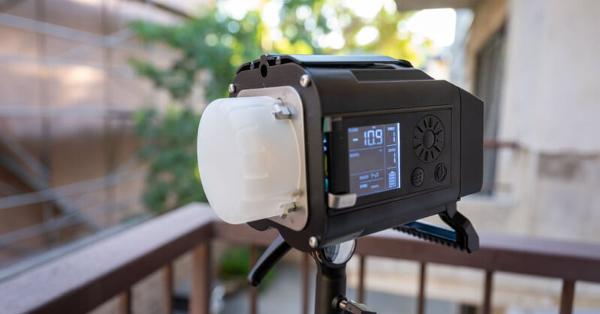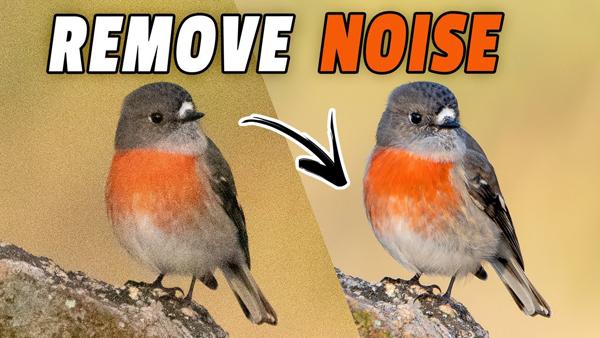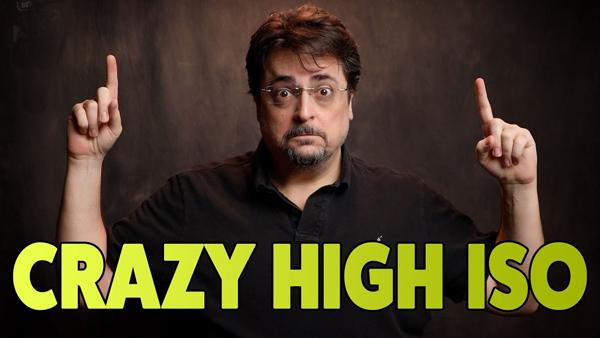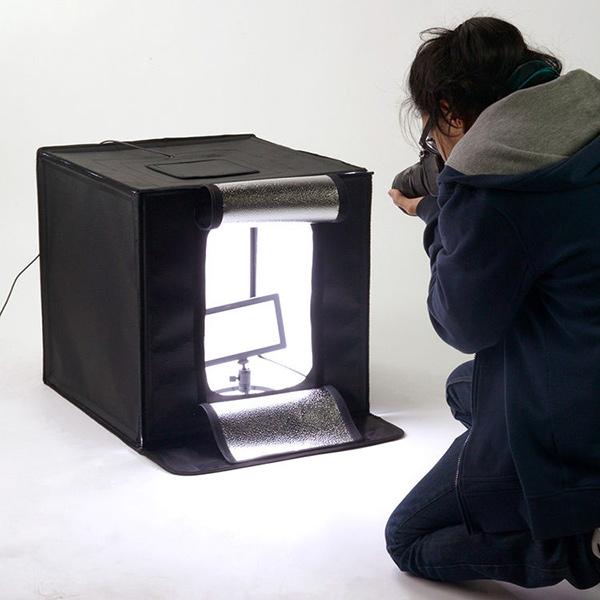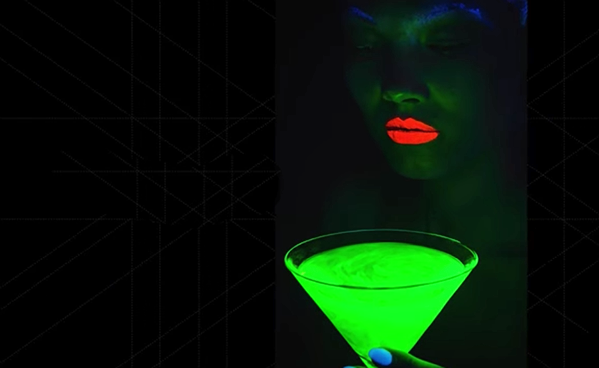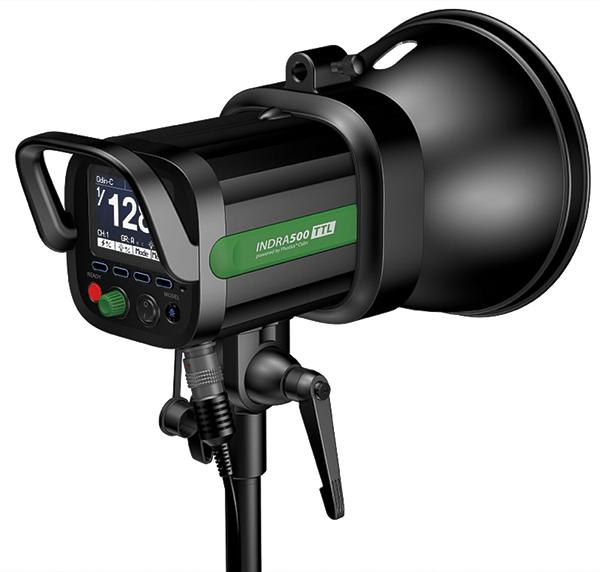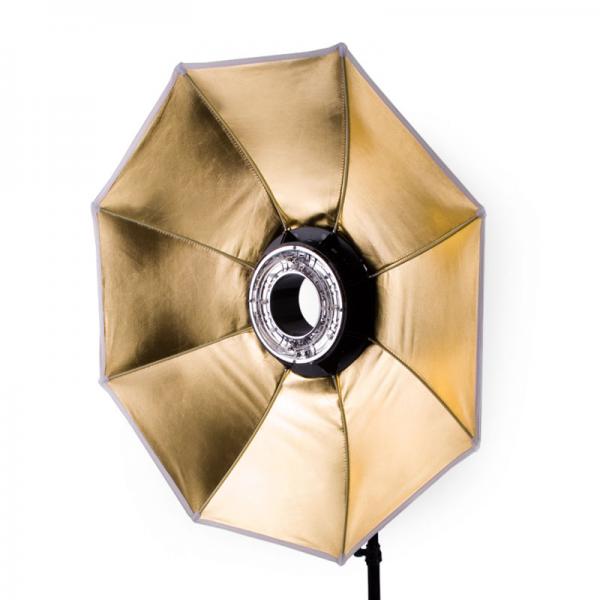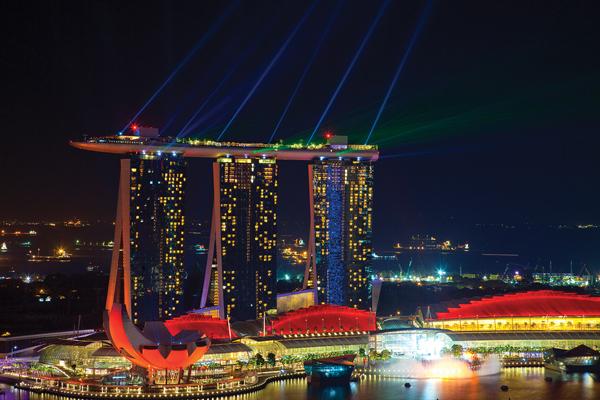|
Jan 03, 2025 |
|
Oct 20, 2023 |
|
Sep 06, 2023 |
|
May 20, 2022 |
|
Aug 01, 2019 |
|
Sep 23, 2016 |
|
Jul 06, 2016 |
|
Jan 15, 2016 |
|
Sep 03, 2015 |
|
Oct 27, 2014 |


